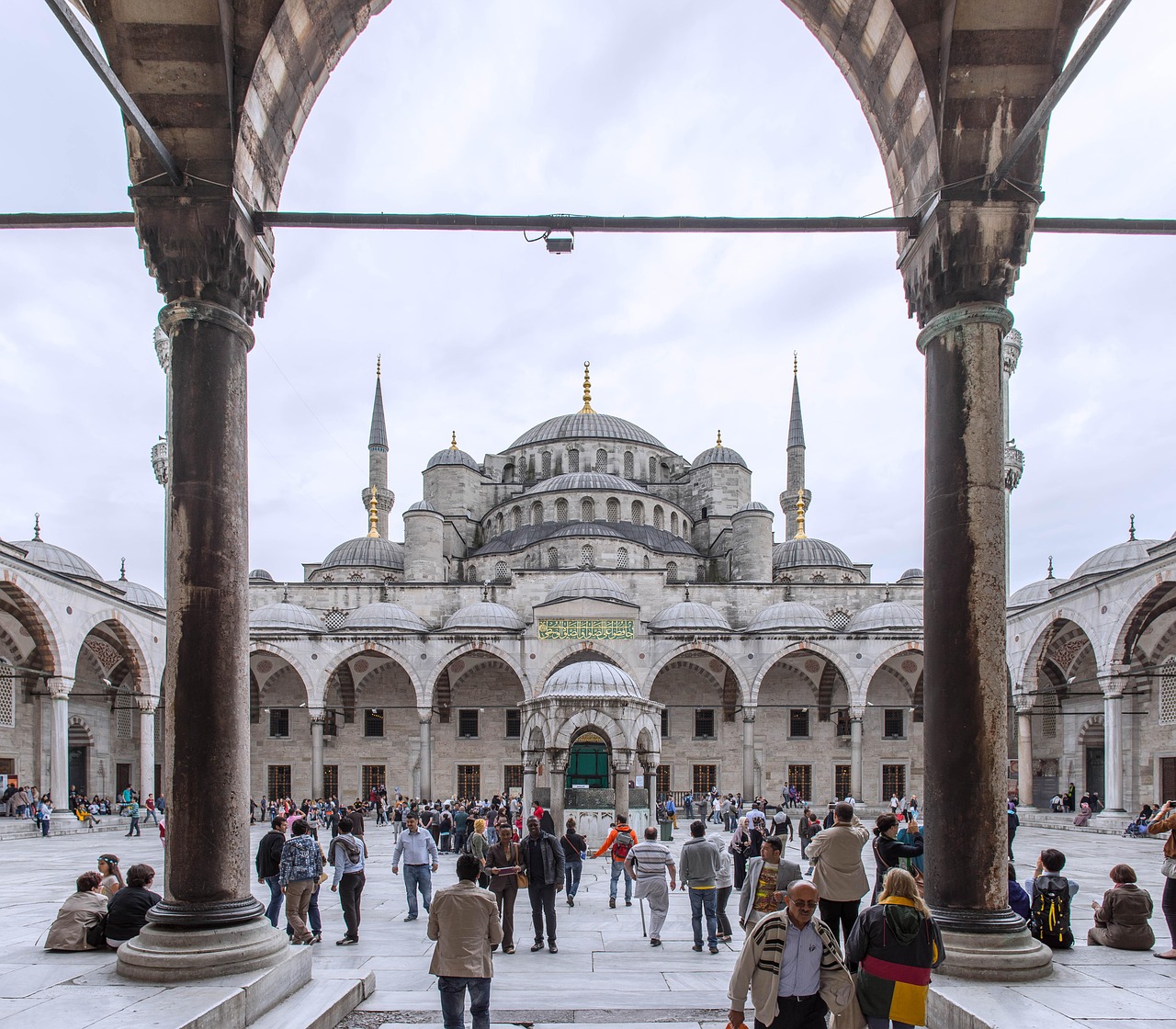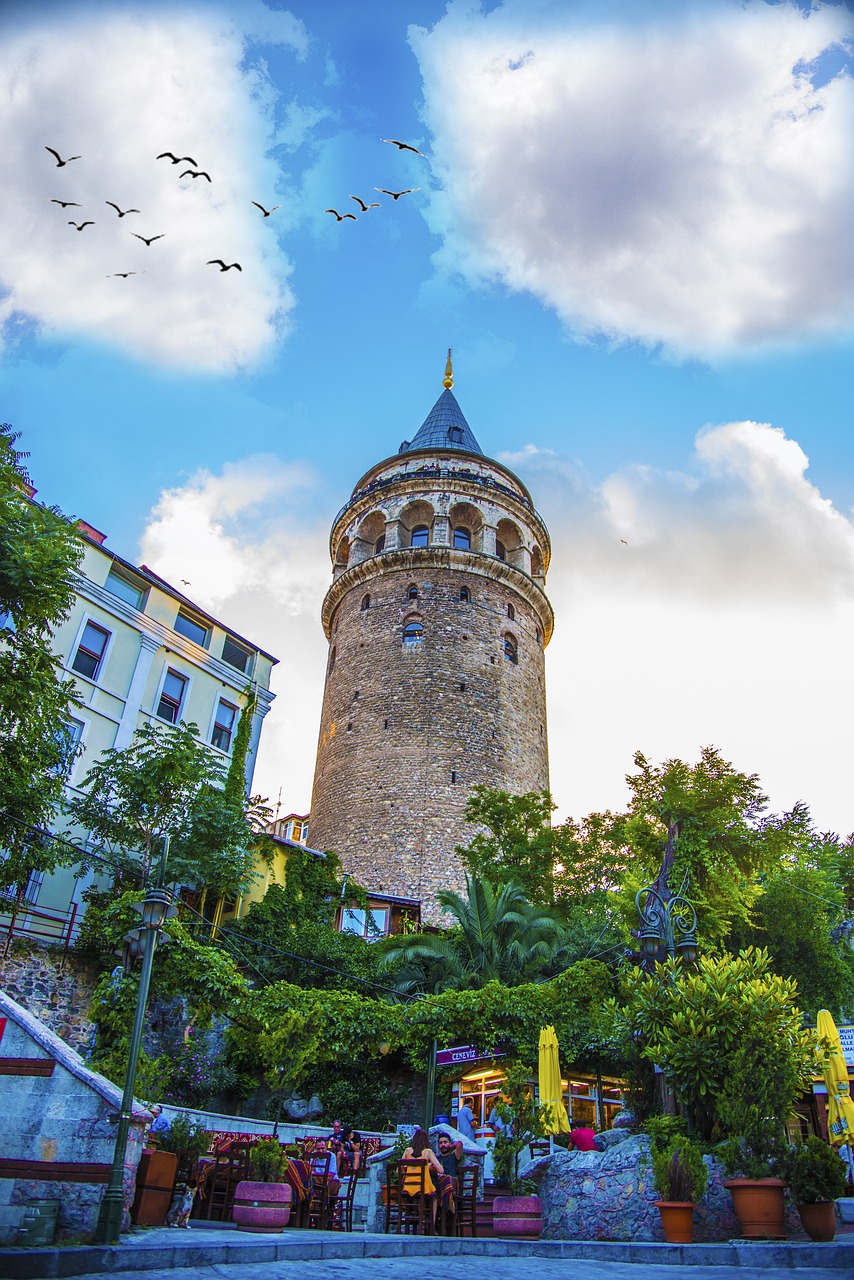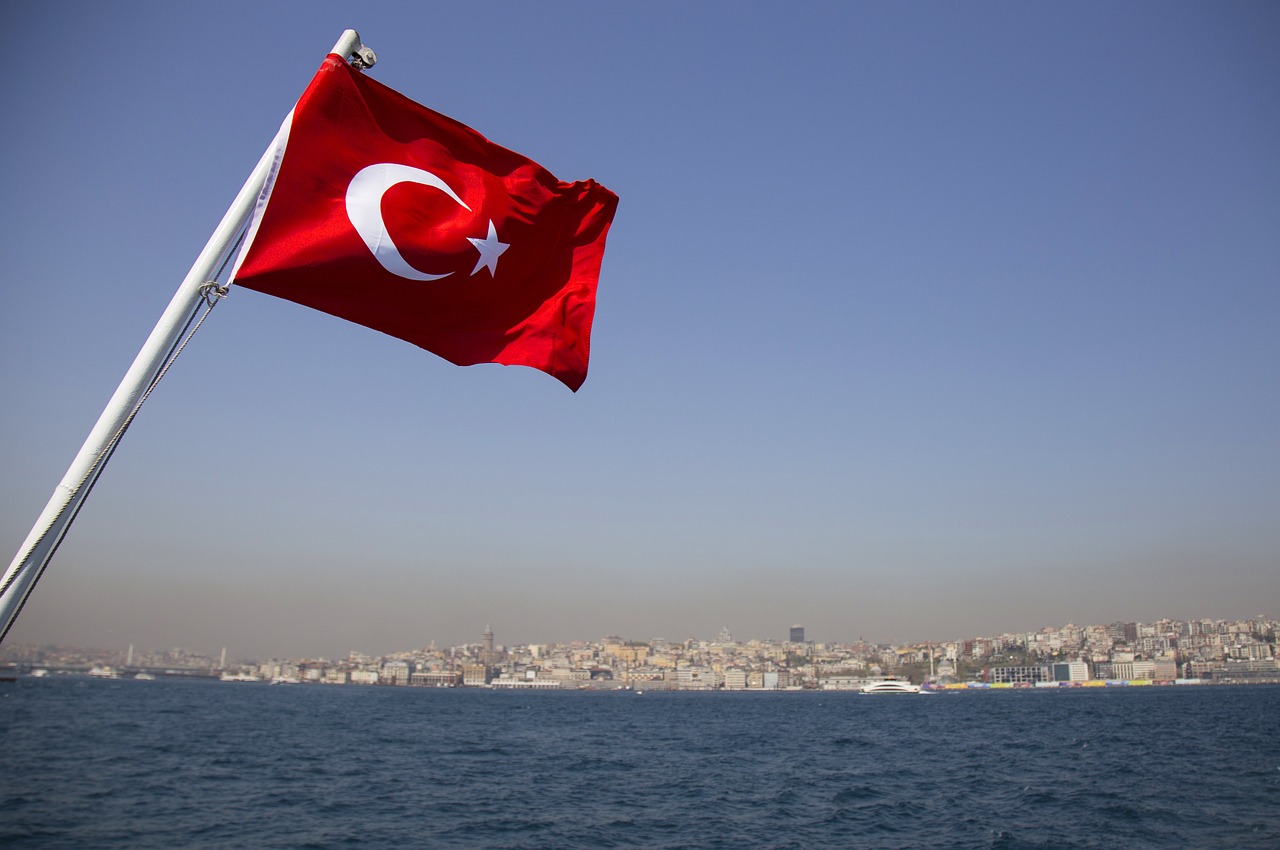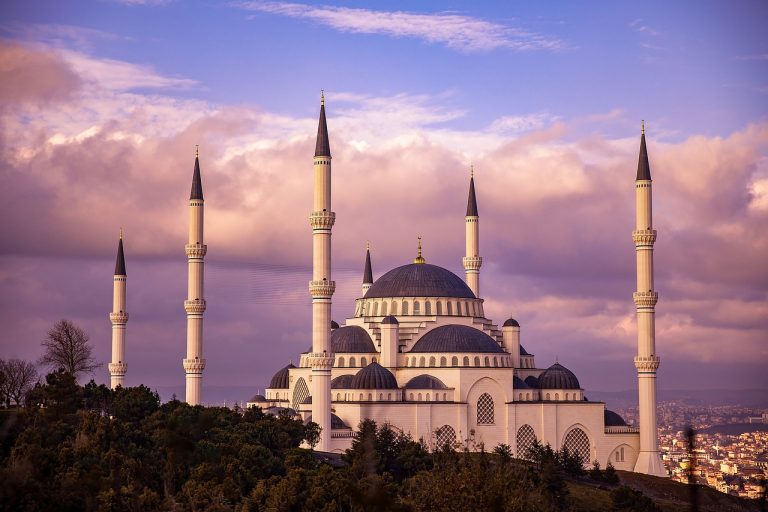Istanbul Turkey Video
Hagia Sophia
Hagia Sophia, also known as Ayasofya, is one of the most iconic buildings in Istanbul, Turkey. Originally built as a church in the 6th century, it later became a mosque and is now a museum. The architectural marvel of Hagia Sophia combines elements of Byzantine and Ottoman design, making it a unique and significant structure in the city.
- Impressive Dome: The main highlight of Hagia Sophia is its massive dome, which reaches a height of 55.6 meters. It was the largest dome in the world for over a millennium and remains an engineering marvel.
- Mosaics and Frescoes: Inside Hagia Sophia, you can find stunning mosaics and frescoes that depict religious scenes and figures. These intricate artworks are a testament to the skill and craftsmanship of the Byzantine era.
- Minarets and Mihrab: When it was converted into a mosque, Hagia Sophia gained minarets and a mihrab, which are characteristic features of Islamic architecture. These additions blend seamlessly with the original Byzantine structure.
Topkapi Palace
Topkapi Palace, located in the historic peninsula of Istanbul, served as the primary residence of the Ottoman Sultans for nearly 400 years. Today, it stands as a museum that offers visitors a glimpse into the opulent lifestyle of the Ottoman Empire.
- Imperial Gate: The entrance to Topkapi Palace is through the Imperial Gate, a grand and imposing structure that sets the tone for the architectural splendor within.
- Courtyards and Gardens: The palace complex is made up of several courtyards and lush gardens, providing serene and picturesque spaces for relaxation and leisure.
- Harem: The Harem section of Topkapi Palace was the private living quarters of the sultan and his family. It features intricately decorated rooms and chambers, showcasing the luxurious lifestyle of the Ottoman elite.
Istanbul Turkey Image 1: 
Blue Mosque
The Blue Mosque, officially known as the Sultan Ahmed Mosque, is an architectural masterpiece that graces the skyline of Istanbul. Its stunning blue-tiled interior and impressive domes make it a must-visit attraction for tourists.
- Unique Design: The Blue Mosque showcases a unique blend of Ottoman and Byzantine architectural styles. Its six minarets and cascading domes create a striking silhouette against the cityscape.
- Interior Decoration: The mosque’s interior is adorned with thousands of handmade blue tiles, which give it its nickname. The intricate calligraphy and geometric patterns add to its aesthetic appeal.
- Prayer Hall: The main prayer hall of the Blue Mosque can accommodate thousands of worshippers at a time. Its grandeur and spaciousness create a serene atmosphere for prayer.
Galata Tower
Galata Tower, located in the Galata district of Istanbul, offers panoramic views of the city and is a popular tourist attraction. Originally built as a watchtower in the 14th century, it has served various purposes throughout history.
- Observation Deck: The tower’s observation deck provides breathtaking views of Istanbul’s skyline, including landmarks such as the Bosphorus Strait and the Golden Horn.
- Historical Significance: Galata Tower has witnessed significant historical events and has been a symbol of Istanbul’s rich past. It has served as an observation point, a lighthouse, and even a prison.
- Restaurants and Cafes: Visitors can enjoy a meal or a cup of Turkish coffee at the restaurants and cafes located within the tower. The ambiance and views make it a memorable dining experience.
Istanbul Turkey Image 2: 
Grand Bazaar
The Grand Bazaar, known as Kapalıçarşı in Turkish, is one of the oldest and largest covered markets in the world. It is a vibrant hub of commerce and a treasure trove of traditional Turkish crafts and goods.
- Historic Market: The Grand Bazaar dates back to the 15th century and has been a center of trade and commerce for centuries. Its labyrinthine streets and bustling atmosphere create a unique shopping experience.
- Varied Shops: The market is home to thousands of shops selling a wide array of products, including jewelry, carpets, textiles, spices, and traditional Turkish ceramics. It is a paradise for shoppers and treasure hunters.
- Architectural Splendor: The architecture of the Grand Bazaar reflects the rich cultural heritage of Istanbul. Its domed ceilings, intricate tilework, and ornate facades add to its allure.
Basilica Cistern
The Basilica Cistern, also known as the Yerebatan Sarnıcı, is an ancient underground water reservoir located in the Sultanahmet district of Istanbul. It is a fascinating architectural marvel hidden beneath the city’s streets.
- Subterranean Wonder: The cistern features a vast network of columns and arches supporting its ceiling. Its dimly lit ambiance and the sound of dripping water create an eerie yet captivating atmosphere.
- Medusa Heads: One of the most intriguing aspects of the Basilica Cistern is the presence of two Medusa heads, which are believed to have been repurposed from earlier structures. They add a touch of mystery and mythology to the site.
- Visitors’ Walkway: A wooden walkway allows visitors to explore the cistern and marvel at its architecture up close. The reflections on the water’s surface add an ethereal beauty to the experience.
Istanbul Turkey Image 3: 
Dolmabahce Palace
Dolmabahce Palace is a stunning waterfront palace located on the European coast of the Bosphorus Strait. It served as the main administrative center of the Ottoman Empire during the late 19th and early 20th centuries.
- Baroque and Neoclassical Architecture: Dolmabahce Palace is known for its opulent design, combining elements of Baroque and Neoclassical styles. Its grand facades, ornate interiors, and magnificent crystal chandeliers create a lavish atmosphere.
- Crystal Staircase: The palace features a grand crystal staircase made of Baccarat crystal, brass, and mahogany. It is a masterpiece of craftsmanship and adds to the palace’s grandeur.
- Ceremonial Hall: The Ceremonial Hall of Dolmabahce Palace is a sight to behold, with its high ceilings, intricate decorations, and enormous chandelier. It served as a venue for important state events and receptions.
Chora Church
The Chora Church, officially known as the Church of the Holy Saviour in Chora, is a medieval Byzantine church that showcases stunning mosaics and frescoes. It is considered one of the finest examples of Byzantine art in Istanbul.
- Mosaic Artwork: The Chora Church is renowned for its beautifully preserved mosaics that depict scenes from the life of Jesus Christ and the Virgin Mary. The intricate details and vibrant colors are a testament to the skill of Byzantine artisans.
- Frescoes: The church also contains impressive frescoes that depict biblical narratives and saints. These paintings provide insights into Byzantine religious beliefs and artistic traditions.
- Museum Conversion: After serving as a mosque during the Ottoman era, the Chora Church was later converted into a museum. This allowed for the preservation and appreciation of its unique artistic treasures.
References
- Petit Palace: petitpalace.co.uk
- Hagia Sophia: hagiasophia.com
- Topkapi Palace: topkapisarayi.gov.tr
- Blue Mosque: sultanahmetcamii.org
- Galata Tower: galatatower.net
- Grand Bazaar: kapalicarsi.com.tr
- Basilica Cistern: yerebatan.com
- Dolmabahce Palace: dolmabahcepalace.com
- Chora Church: choraistanbul.com






